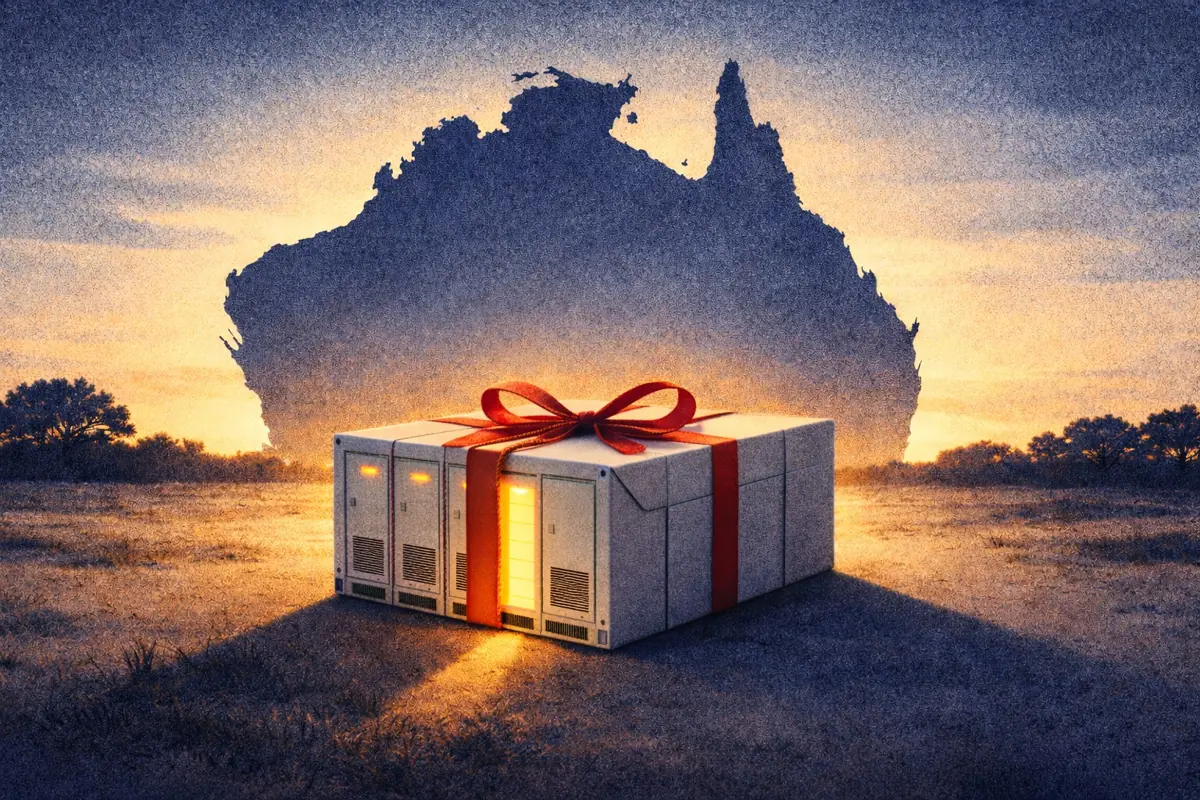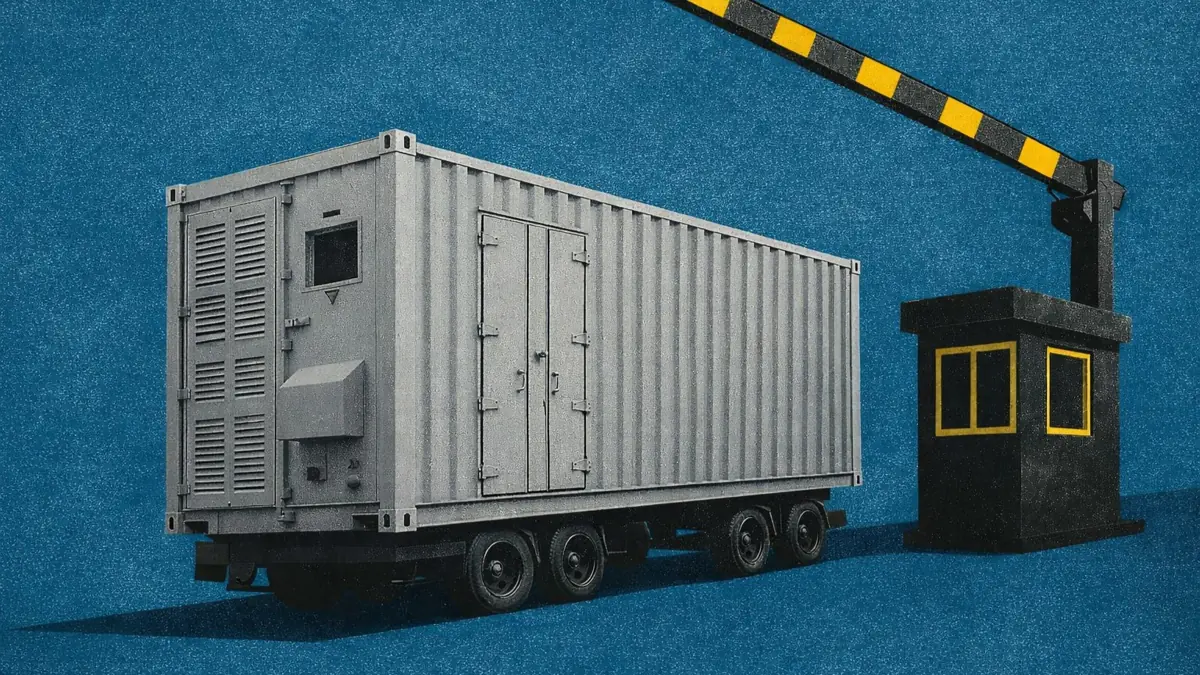New York’s battery buildout: What’s driving development and value
New York’s battery buildout: What’s driving development and value
The development of grid-scale battery energy storage in New York is entering a critical phase. More than 19 GW of battery energy storage projects are advancing through NYISO’s reformed interconnection process, the first major test of its new cluster study. The shift to parallel advancement has concentrated competition and made project readiness a defining factor.
Key takeaways
- Scale and scope: Developers have proposed more than 19 GW of energy storage capacity, but only 2–4 GW are likely to reach operation by 2030.
- Geographic concentration: Development activity is centered in the Hudson Valley (Zone G).
- Developer dynamics: New entrants are expanding the state’s competitive landscape, signaling growing interest from both national and regional builders.
Market reform reshapes the battery landscape
NYISO’s 2023 queue reform advanced all storage projects together in a single cluster study. This approach improved coordination, streamlined study timelines, and required developers to commit earlier capital to maintain progress. Projects in the later stages of the queue are in a “Fast Track” and are nearing construction readiness.
Of the projects in the queue, nearly 10 GW of battery energy storage capacity targets 2028 for commercial operation.
Commercial Operation Dates (CODs) are typically optimistic, and delays of more than a year are common. Additionally, not all projects in the interconnection queue will reach commercial operation.
In part one, findings showed that 91% of projects entering NYISO’s interconnection queue historically dropped out. In addition, projects that fail to secure an Index Storage Credit (ISC) award are likely to withdraw from the queue. Consequently, current queue data indicates that just over 2 GW of stand-alone storage could reach operation by 2030, with potential for up to 4 GW of development.
An upside estimate of 4 GW assumes a more supportive environment that does not yet exist but could emerge through:
- Expanded or recurring ISC programs
- Supply-chain improvements and lower capital costs
- Streamlined permitting and interconnection processes
- Volatility increases due to electrification driving changes in intraday demand
Duration and how batteries can capture value
Four-hour batteries dominate the queue, accounting for roughly 16 GW, or 86 percent, of total battery capacity by rated power.
Why four hours is the leading duration
- Capacity Accreditation Factors are 13% higher for four-hour systems compared to two-hour assets, increasing revenue floors for longer duration systems.
- The Index Storage Credit is only available to batteries with durations of 4 hours or more.
- However, longer-duration batteries (6–10 hours) have a higher Net Cost of New Entry (Net CONE) and are commercially unproven. Beyond the capacity market, the additional build costs are not offset by proportional revenue opportunities, and these systems do not gain access to revenue streams unavailable to shorter-duration batteries.
- Four hours remain the practical middle ground for today’s economics. Developers favor this configuration because it balances cost, flexibility, and capacity-accreditation value.
Understanding cost recovery is key to evaluating which battery durations are commercially viable in New York. Net CONE represents the gross cost of new entry minus the Energy and Ancillary Service Revenue a battery could earn, as estimated by NYISO. Net CONE is typically used to determine capacity payments, by zone, across the state. If capacity payments exceed Net CONE, developers are incentivized to build in that region, potentially generating positive returns on battery assets.
Batteries with more than 10 hours of duration carry higher Net CONE values and no operational track record in New York, making their success uncertain despite higher CAF scores.
Future incentive cycles or cost reductions may make these technologies competitive, but for now, four-hour assets remain the most practical choice for commercial readiness.
How the Index Storage Credit impacts NYISO’s queue
The Index Storage Credit is designed to provide revenue certainty for battery energy storage systems being developed in New York. An initial Request for Proposals has closed and is under review, with strike price submissions due by January 29, 2026.
The round was open only to batteries advanced in NYISO’s interconnection process, requiring proof of an active queue position or an interconnection agreement.
Why the ISC matters
- Projects without ISC awards are more likely to withdraw due to uncertain or inadequate revenue.
- Successful bids could enable projects that otherwise wouldn’t secure financing.
- Future rounds may adjust design or expand eligibility, influencing project viability.
The ISC has become a practical filter for readiness, separating commercially mature projects from speculative ones.
Location and the economics of siting a battery
The Hudson Valley (Zone G) contains the most proposed battery energy storage capacity in New York’s queue. Its Net Cost of New Entry (Net CONE) is lower than New York City’s and roughly in line with the state average, offering developers moderate entry costs. These costs, combined with forecasts of tight local capacity margins caused by retiring thermal units, have developers betting on growing revenue opportunities.
Batteries that interconnect early will be positioned to capture higher revenues from capacity and ancillary service markets in regions that are easier to build in. This balance between cost and accessible revenue streams explains why Zone G has emerged as the center of early storage development in the state.
Developers and the next phase of battery buildout
New York’s queue combines national developers with prior market experience and builders with strong local familiarity.
Developers with prior market experience
Hanwha Qcells, RWE Solar, BayWa r.e., Terra-Gen, and Origis Energy each hold over 500 MW in the queue. These firms are new to New York but bring tested commercial strategies from CAISO and ERCOT, where storage markets scaled earlier. Their experience helps them navigate pricing volatility and regulatory reform.
Developers with local familiarity
Key Capture Energy, a national developer, has already built projects in the state and looks to increase penetration into the market. Key Capture is joined by Cedar Holdco and Braen Energy as the largest New York-based developers entering the queue. Their understanding of regional permitting processes, utility coordination, and community engagement helps them move efficiently through the cluster study.
Path to 2030
The first 2 GW of operational projects will set market benchmarks for cost, delivery, and financing — largely because these are the projects most likely to receive early state incentives.
New York’s reform built the foundation. The next few years will reveal how much of today’s 19+ GW pipeline ultimately connects to the grid.







